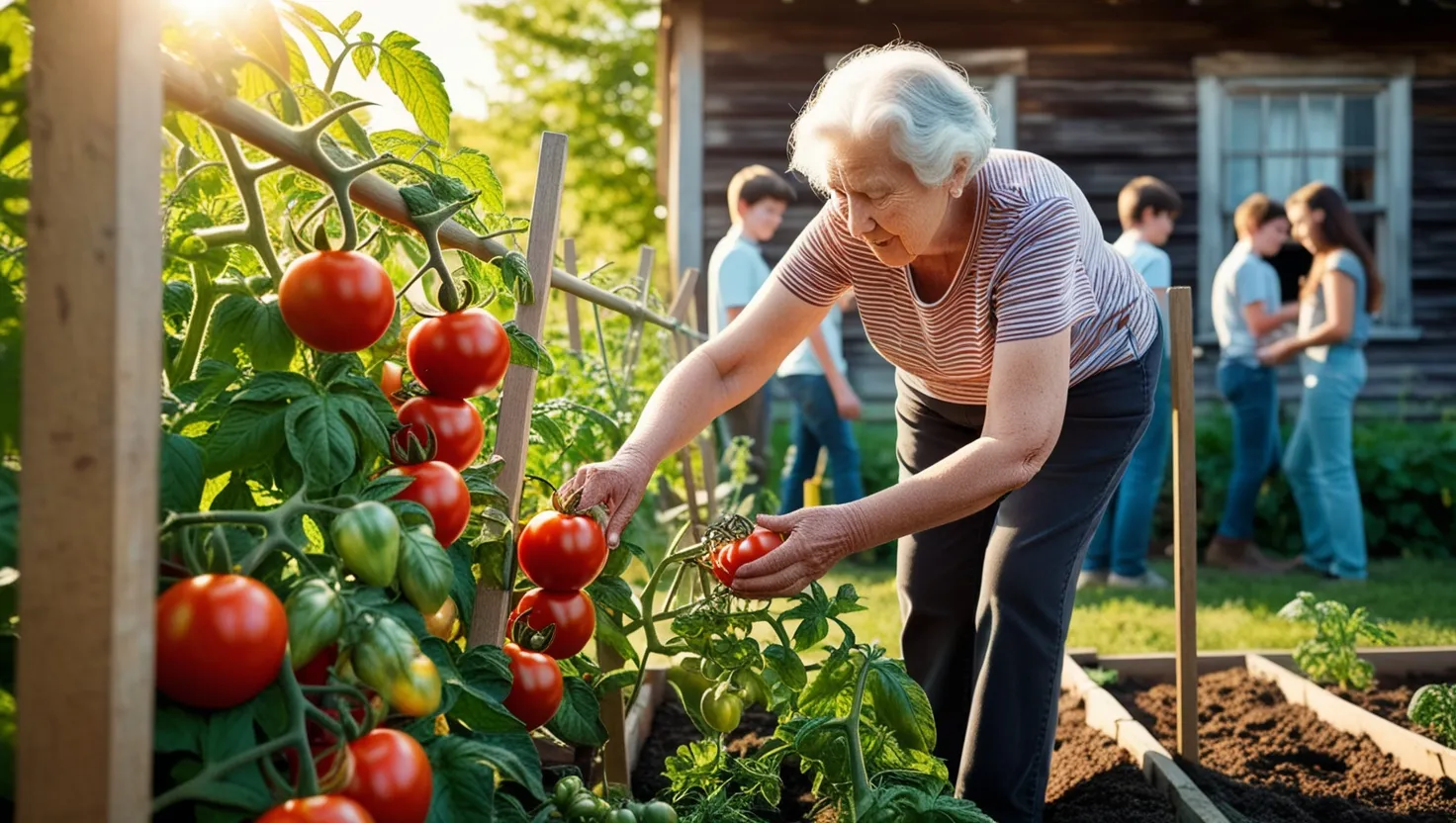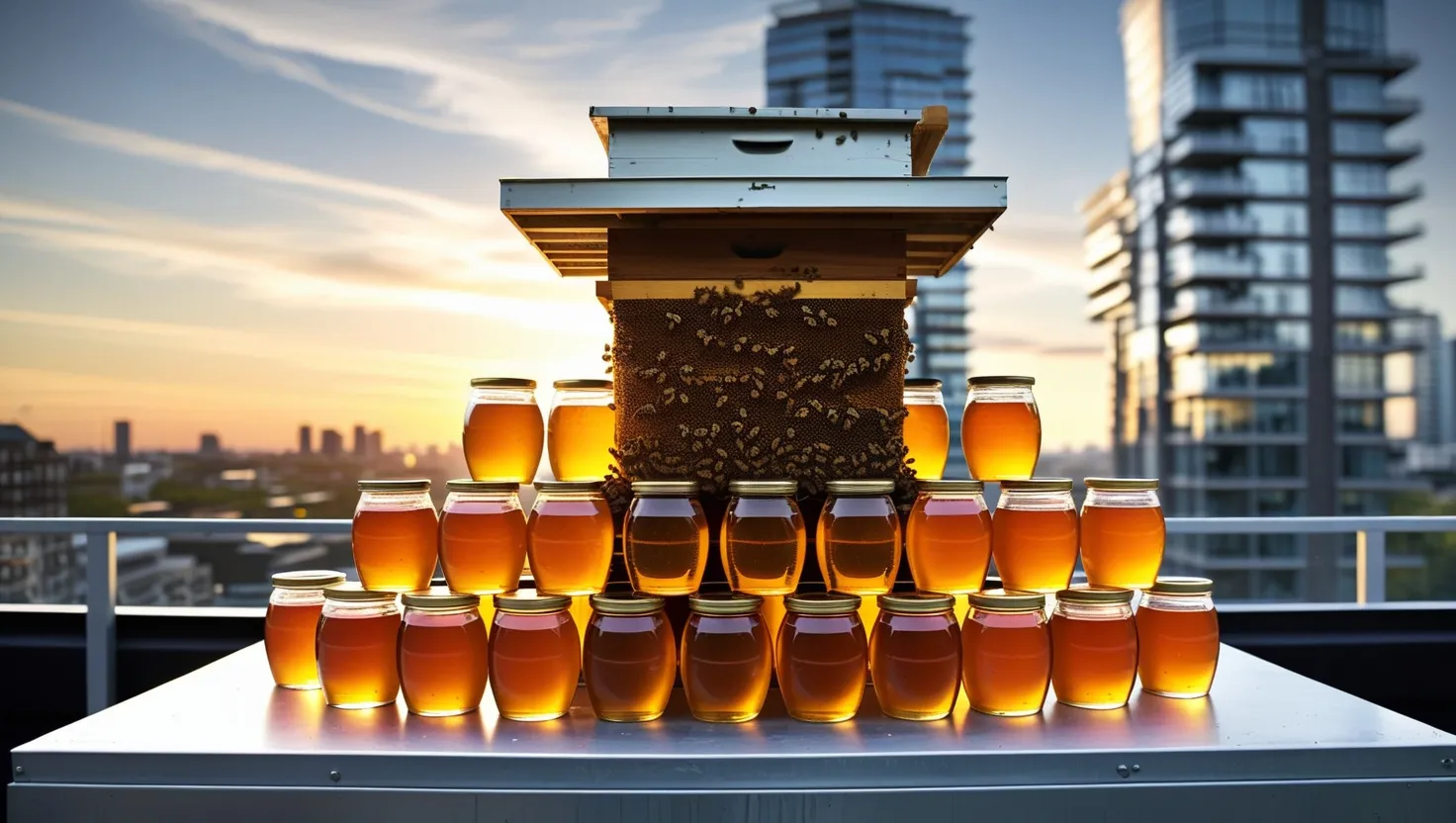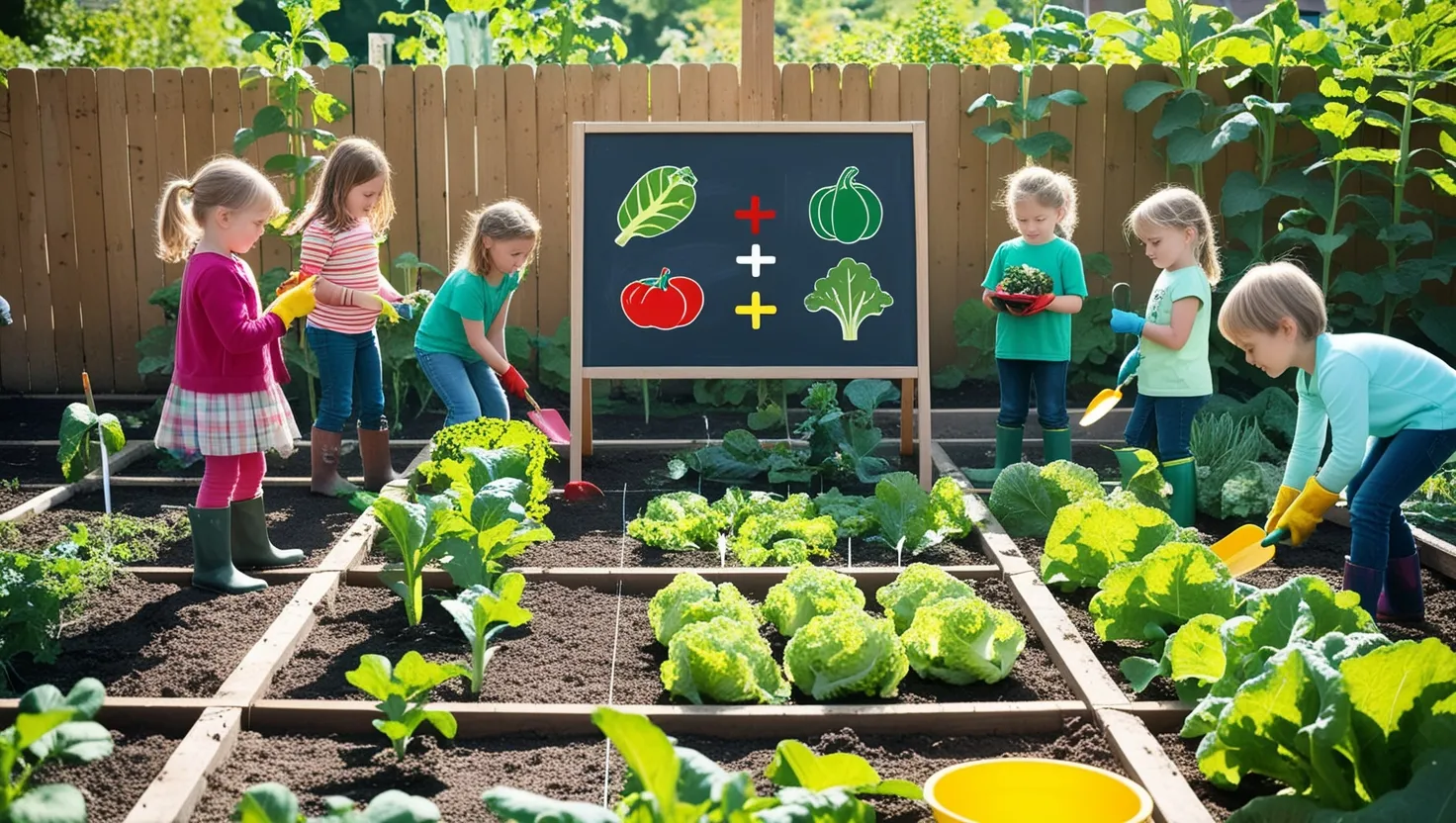In a world where consumerism often reigns supreme, Olivia, a single mom, decided to challenge the status quo by starting a toy-sharing cooperative in her neighborhood. This simple yet innovative idea was born out of a common problem many parents face: the constant need for new and stimulating toys without the clutter and financial burden that comes with it.
As I reflect on Olivia’s journey, I am reminded of the words of Buckminster Fuller, “You never change things by fighting the existing reality. To change something, build a new model that makes the existing model obsolete.” Olivia’s toy-sharing cooperative was more than just a practical solution; it was a new model that would transform the way her community thought about consumption and community.
The idea was straightforward: parents could swap toys with other families in the neighborhood, ensuring their children had a constant stream of new toys to play with without the need for frequent purchases. But what started as a small, local initiative soon blossomed into something much larger.
As the cooperative grew, Olivia delved deeper into the concepts of the sharing economy and collaborative consumption. She realized that this was not just about toys; it was about a broader shift in how people consume goods and services. The sharing economy, with its emphasis on access over ownership, was not only environmentally friendly but also fostered a sense of community and cooperation.
One of the most fascinating aspects of Olivia’s cooperative was how it brought people together. In an age where digital connections often overshadow physical ones, the toy-sharing cooperative provided a space for parents to meet, share stories, and build relationships. It was a place where children could learn the value of sharing and taking turns, skills that are increasingly important in our interconnected world.
“Alone we can do so little; together we can do so much,” Helen Keller once said. This quote resonates deeply with the spirit of Olivia’s cooperative. As more families joined, the cooperative became a hub of community activity. Parents would organize playdates, share parenting tips, and even collaborate on community projects.
The financial model of the cooperative was another area where Olivia’s initiative stood out. Instead of relying on advertising or high membership fees, the cooperative operated on a modest annual membership that covered operational costs. This approach ensured that the service remained accessible to all families, regardless of their financial situation.
But what about the environmental impact? Here, too, the cooperative made a significant difference. By extending the life cycle of toys, the cooperative reduced the need for new, resource-intensive toys to be manufactured. This was a small but meaningful step towards a more sustainable future.
As I ponder the implications of Olivia’s cooperative, I am drawn to the words of Margaret Mead: “Never doubt that a small group of thoughtful, committed citizens can change the world. Indeed, it is the only thing that ever has.” Olivia’s initiative may have started small, but it had the potential to inspire similar projects across the country.
So, what makes a community-based initiative like this successful? It’s the combination of practicality, community spirit, and a commitment to sustainability. When people come together with a shared goal, they can achieve far more than they could alone.
How can you apply this model to your own community? Start by identifying a common need or problem that can be addressed through sharing or collaboration. It could be anything from a tool-sharing cooperative for homeowners to a clothing swap for families.
As Olivia’s cooperative continued to grow, it faced new challenges and opportunities. One of the key challenges was scaling the model while maintaining its community-driven ethos. How do you ensure that as the cooperative grows, it remains true to its core values?
This is where the concept of community-based financial models comes into play. By keeping the cooperative member-owned and member-operated, Olivia ensured that the decisions made were always in the best interest of the community, rather than driven by profit.
In the end, Olivia’s toy-sharing cooperative was more than just a practical solution to a common problem; it was a testament to the power of community and collaboration. It showed that even the smallest initiatives can have a profound impact when they are driven by a shared vision and a commitment to making a difference.
As we look to the future, we can learn a lot from Olivia’s journey. In a world that often values individualism over community, her cooperative reminds us of the strength that comes from working together. So, the next time you think about buying a new toy or tool, consider the alternative: sharing, collaborating, and building a community that values connection over consumption.






